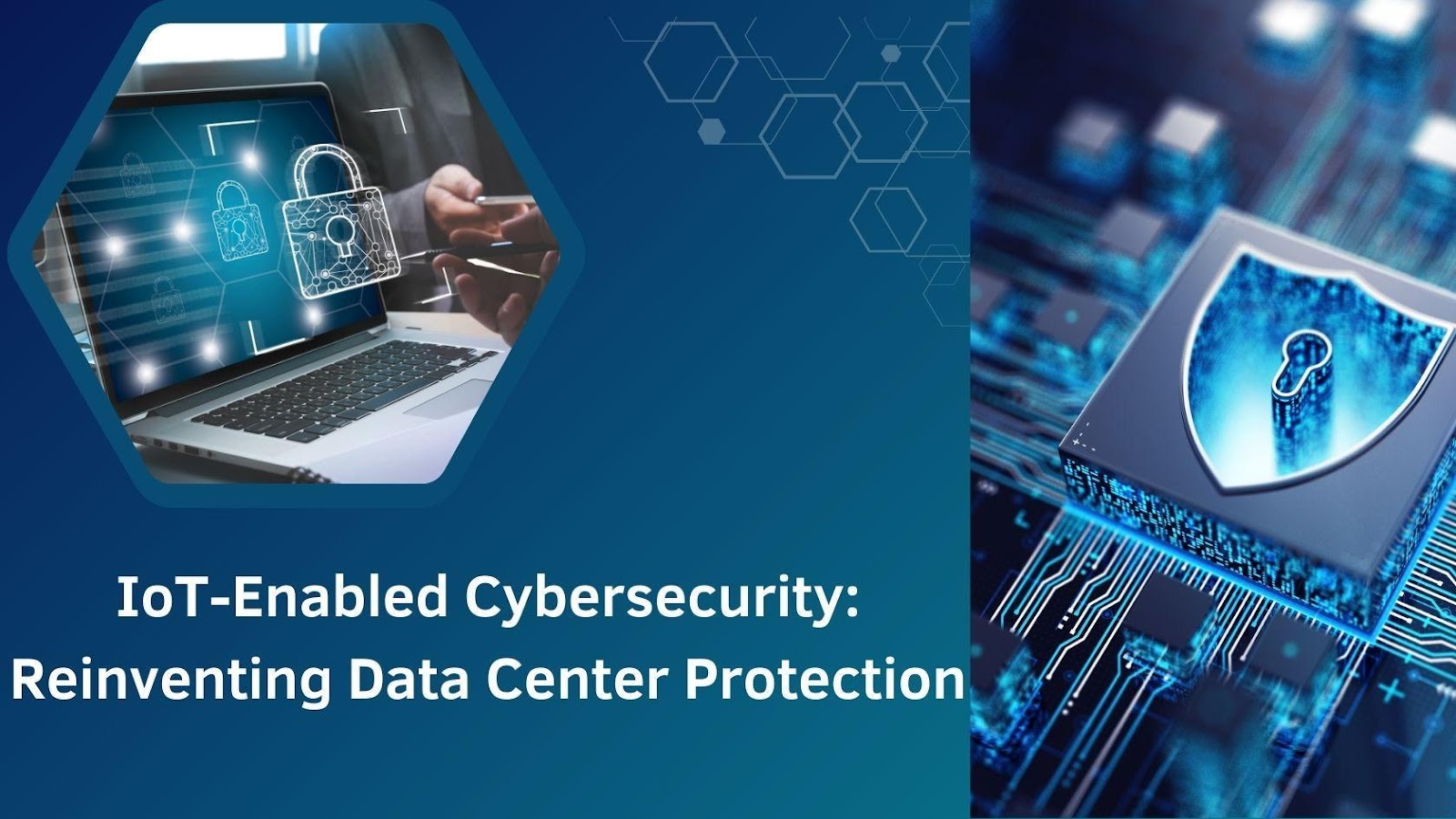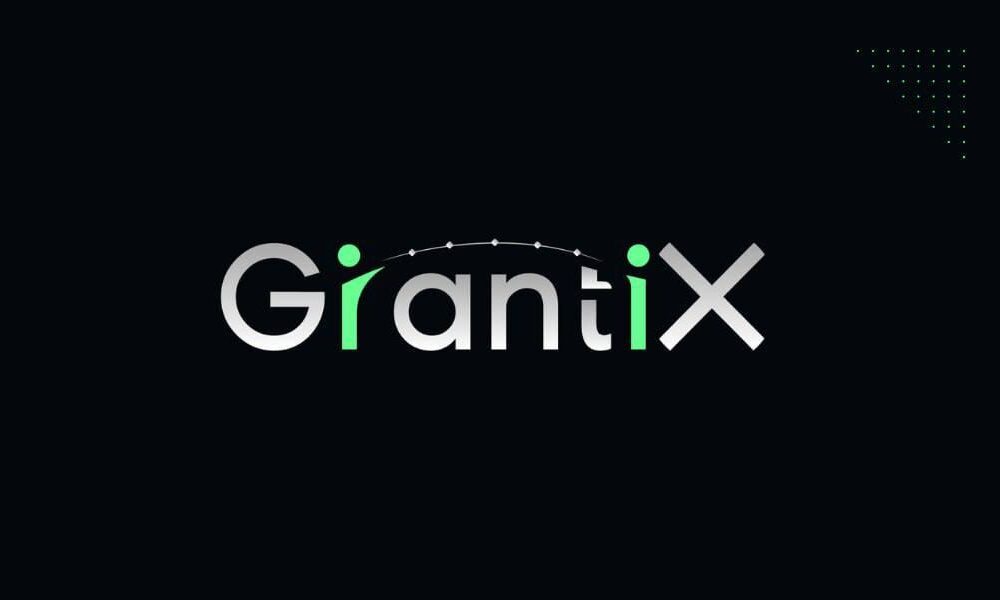In an era of digital acceleration, cyber threats are evolving rapidly, demanding innovative security solutions for data centers. Mahesh Kolli, a leading expert in DevSecOps and AI/ML engineering, has pioneered advancements in IoT-enabled cybersecurity, integrating artificial intelligence (AI) and real-time monitoring for enhanced protection. His work showcases cutting-edge security mechanisms that redefine data center resilience and operational efficiency.
The Evolving Security Landscape
As data centers expand, so do cybersecurity challenges. The rise in interconnected devices has introduced new attack vectors, making traditional security models inadequate. Research indicates that integrating IoT-enabled monitoring has improved operational efficiency by 31%, but has also exposed vulnerabilities that demand more sophisticated defenses. Edge computing further complicates security, processing nearly half of data center workloads at the network edge. This shift underscores the need for AI-driven, proactive security solutions.
AI-Driven Threat Detection
Machine learning plays a pivotal role in modern cybersecurity frameworks. Advanced AI models can analyze vast datasets in real-time, identifying threats with exceptional accuracy. Recent implementations of AI-powered security systems have reduced false positives by 78% and improved anomaly detection by 34% compared to static defense systems. By continuously learning from network patterns, these intelligent models can preemptively detect and mitigate cyber threats before they escalate.
Real-Time Monitoring and Adaptive Defense
The integration of IoT sensors has revolutionized real-time monitoring in data centers. A sophisticated sensor network processes up to 250 measurements per second, ensuring rapid identification of security anomalies. Additionally, distributed processing models allow simultaneous monitoring across multiple locations, maintaining system efficiency even during peak loads. With a fault tolerance of 15%, these systems ensure uninterrupted security coverage, reinforcing data center reliability.
Predictive Analytics for Proactive Security
Cybersecurity is no longer just about detecting current threats—it’s about forecasting future risks. Predictive analytics, powered by deep learning models, can identify potential security breaches up to 24 hours in advance. By analyzing historical data trends, these systems enhance incident response preparedness, reducing the mean time to detect (MTTD) threats by 67%. The ability to anticipate security incidents marks a significant shift from reactive to proactive defense strategies.
Automated Response Mechanisms
Manual security interventions are no longer sufficient to combat sophisticated cyberattacks. Automated response frameworks now execute security protocols within seconds of threat detection. These systems reduce response times by 72% while maintaining an automation reliability index of 98.6%. Dynamic defense mechanisms, which scale according to threat levels, have achieved a 91.7% success rate in preventing unauthorized access attempts, making cybersecurity more resilient and adaptive.
Balancing Security and Energy Efficiency
With increasing security demands, energy efficiency remains a critical concern for data centers. AI-driven automation has optimized power consumption, achieving a 34% reduction in energy usage while enhancing security performance. Intelligent resource allocation ensures that monitoring systems operate at 82% efficiency, minimizing waste while maintaining robust protection. The adoption of these energy-aware security protocols aligns with sustainability goals without compromising operational integrity.
Regulatory Compliance and Risk Management
Data centers must comply with regulations like GDPR, HIPAA, and PCI DSS while managing security risks. IoT-enabled security architectures now automate compliance monitoring across hundreds of parameters with 99.1% accuracy. This automation streamlines regulatory adherence and reduces downtime incidents by 34%, enhancing both security and efficiency. By integrating IoT-driven security solutions, organizations not only ensure compliance but also improve operational resilience, safeguard data integrity, and strengthen customer trust. The synergy of automation and compliance fosters a more secure, efficient, and reliable data center environment.
The Future of Data Center Security
Scalability and adaptability define the next era of cybersecurity. The integration of AI, IoT, and predictive analytics will continue to refine security frameworks, ensuring resilience against emerging cyber threats. Industry trends indicate that organizations implementing AI-enhanced security systems will expand protection coverage by 2.5 times while reducing operational costs. As the cybersecurity landscape evolves, data centers must embrace intelligent automation to stay ahead of adversaries.
In conclusion, Mahesh Kolli’s pioneering work exemplifies the power of AI-driven cybersecurity. By merging IoT-enabled monitoring with automated response systems, his research sets new benchmarks for data center security, ensuring a safer digital infrastructure for the future.



































